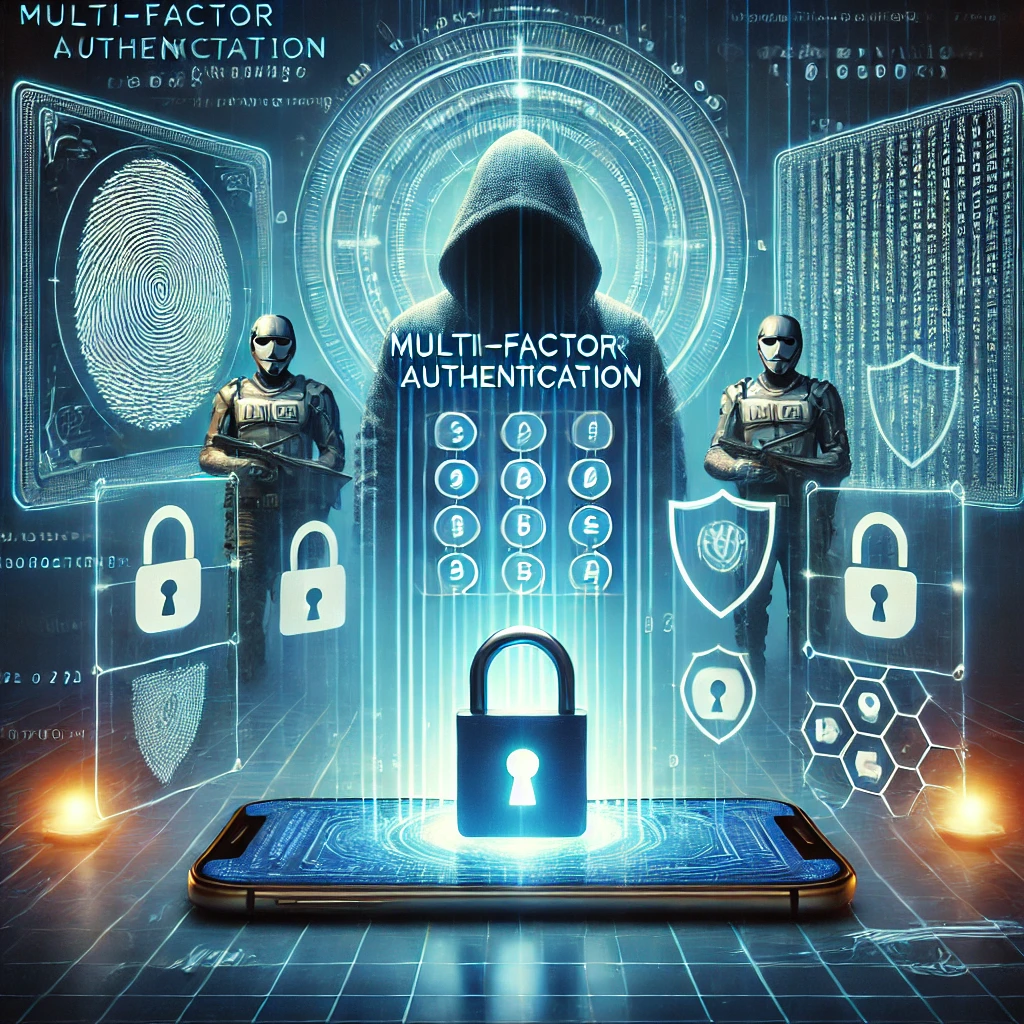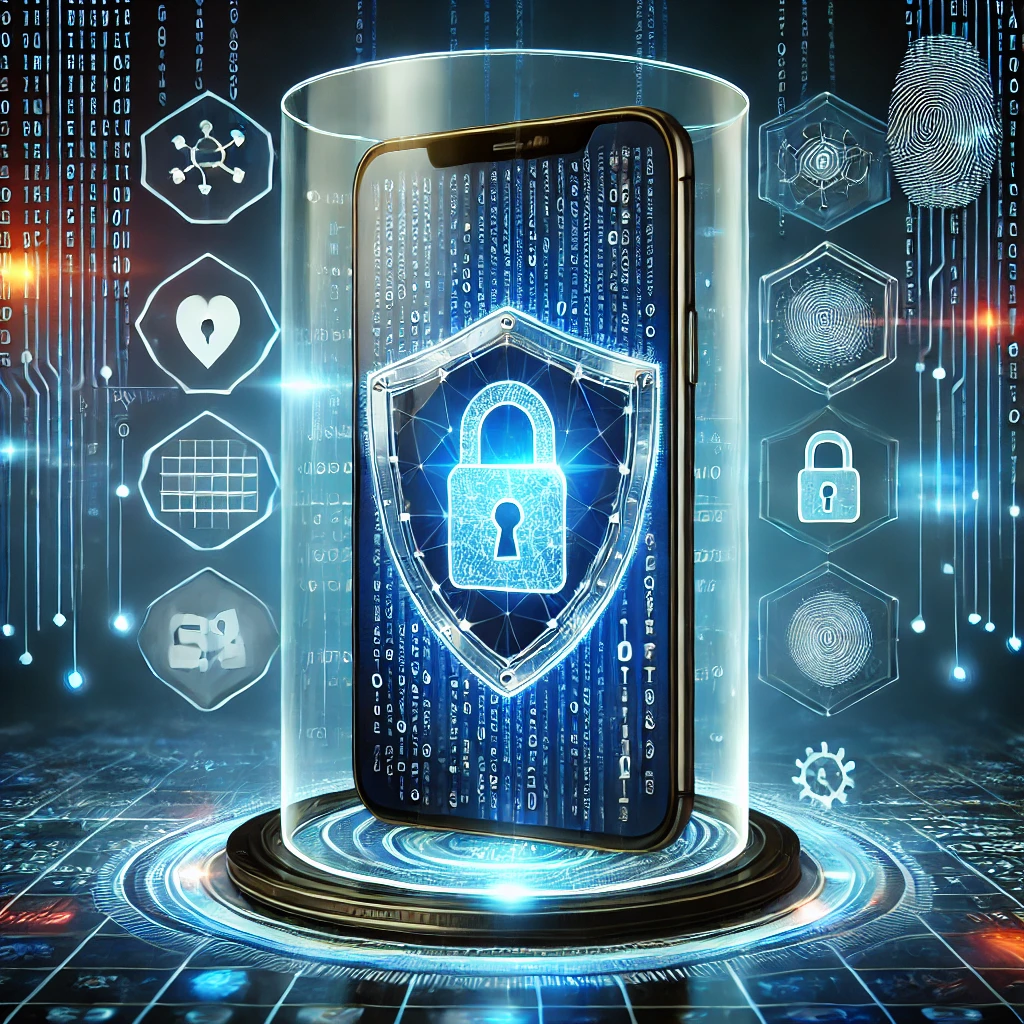Your cart is currently empty!
What is Social Engineering? The Art of Digital Manipulation
Social engineering isn’t hacking computers—it’s hacking people. Attackers exploit human psychology to trick you into giving up sensitive information, money, or access to systems. Think of it as cybercrime’s con artist playbook.
“Why break through a firewall when you can just ask the employee for the password?”
– Kevin Mitnick, Former Hacker & Cybersecurity Expert
Who’s Targeted?
- Everyone: From CEOs to grandparents.
- High-Value Targets: Employees with access to company data, politicians, celebrities.
- You: Yes, you. If you use email, social media, or a phone, you’re on the menu.
The Risks: What Happens When You’re Tricked?
1. Financial Loss
Scammers drain bank accounts, file fake tax returns, or ransom your data.
2. Identity Theft
Your name, SSN, or medical records get sold on the dark web.
3. Reputation Damage
Hacked social media accounts post offensive content.
4. Corporate Breaches
A single employee’s mistake can cost millions (see examples below).
Real-World Examples: When Social Engineering Goes Nuclear
1. The Twitter Bitcoin Scam (2020)
Hackers impersonated Twitter employees, tricked staff into giving access, and hijacked accounts of Elon Musk, Barack Obama, and Apple to post “Send Bitcoin here for double returns!” Losses: $118,000+ in hours.

2. Ubiquiti Networks ($46 Million Heist)
Attackers posed as executives via email, convincing finance staff to wire funds to offshore accounts. The company recovered only $8 million.
3. Grandparent Scams
Fraudsters call pretending to be a grandchild in jail: *“I need 5,000bail,pleasedon’ttellMom!”∗∗∗U.S.lossesin2023∗∗:5,000bail,pleasedon’ttellMom!”∗∗∗U.S.lossesin2023∗∗:1.1 billion (FBI).
Why Social Media is Fueling This Crisis
1. Oversharing = Hacker Goldmines
- Your dog’s name (password hint).
- Vacation selfies (tells thieves you’re not home).
- Workplace updates (helps impersonate colleagues).
2. Fake Profiles & Phishing Links
Scammers create fake LinkedIn profiles to connect with employees and send malware via “job offers.”

3. People Still Think “It Won’t Happen to Me”
- 65% reuse passwords across accounts (Google).
- 80% ignore software updates, leaving security holes.
How to Protect Yourself: 7 Cybersecurity Habits
1. Verify, Verify, Verify
- Got a weird email from “HR”? Call them via a known number (not the one in the email!).
- Rule: Never trust, always verify.
2. Lock Down Social Media
- Set profiles to private.
- Avoid quizzes like “Your Hogwarts House”—they often harvest security question answers.
3. Use Multi-Factor Authentication (MFA)
Even if hackers get your password, they can’t bypass MFA. Enable it for:
- Banking apps
- Social media

4. Train Your Skepticism
- Phishing Email Red Flags: Urgency (“Act NOW!”), typos, mismatched sender addresses.
- Phone Scams: Government agencies never demand payments via gift cards.
5. Update Everything
Outdated software = unlocked doors for hackers. Enable auto-updates on:
- Phones
- Routers
- Smart home devices
6. Limit Public Wi-Fi Use
Avoid accessing banks or emails on coffee shop Wi-Fi. Use a VPN if you must.
7. Teach Vulnerable Loved Ones
Grandparents, teens, and non-techies are prime targets. Explain:
- “No company will ask for your password over the phone.”
- “If it sounds too good to be true, it is.”
What to Do If You’re Attacked
1. Act Fast
- Financial Scams: Contact your bank immediately to freeze accounts.
- Hacked Accounts: Reset passwords, log out all devices.
2. Report It
- U.S.: File a report at ReportFraud.ftc.gov.
- EU: Contact local cybercrime units (e.g., Europol’s EC3).
3. Warn Others
If a colleague’s email is hacked, alert your team to avoid further traps.
The Big Picture: Privacy is Power
Every time you share your birthday online or ignore an update, you’re gambling with your safety. Social engineering works because it’s easier to fool a person than a computer. But with awareness and small habit changes, you can turn from target to fortress.

“The only secure system is one that’s powered off, cast in a block of concrete, and sealed in a lead-lined room. And even then, I’d check it once a week.”
– Gene Spafford, Cybersecurity Pioneer





